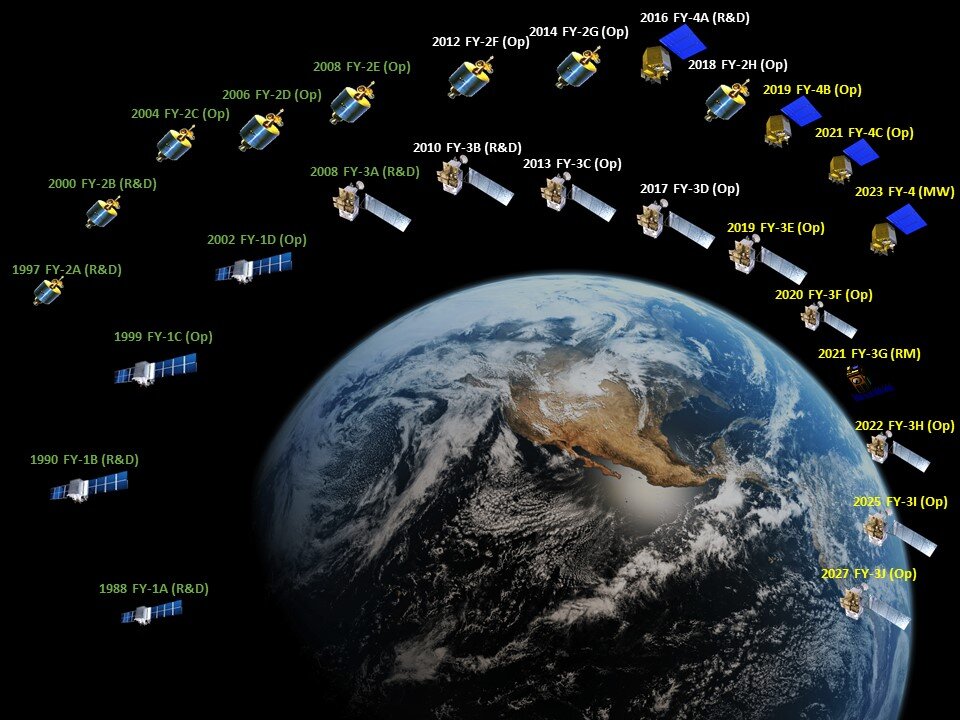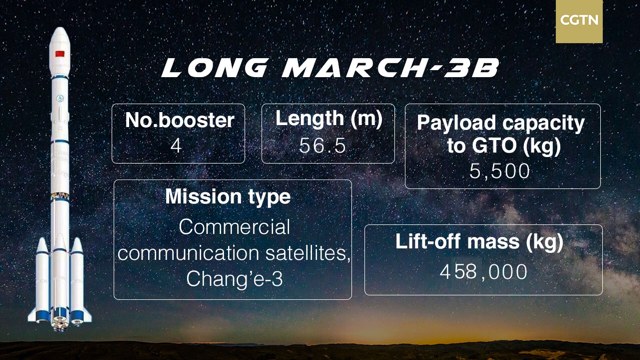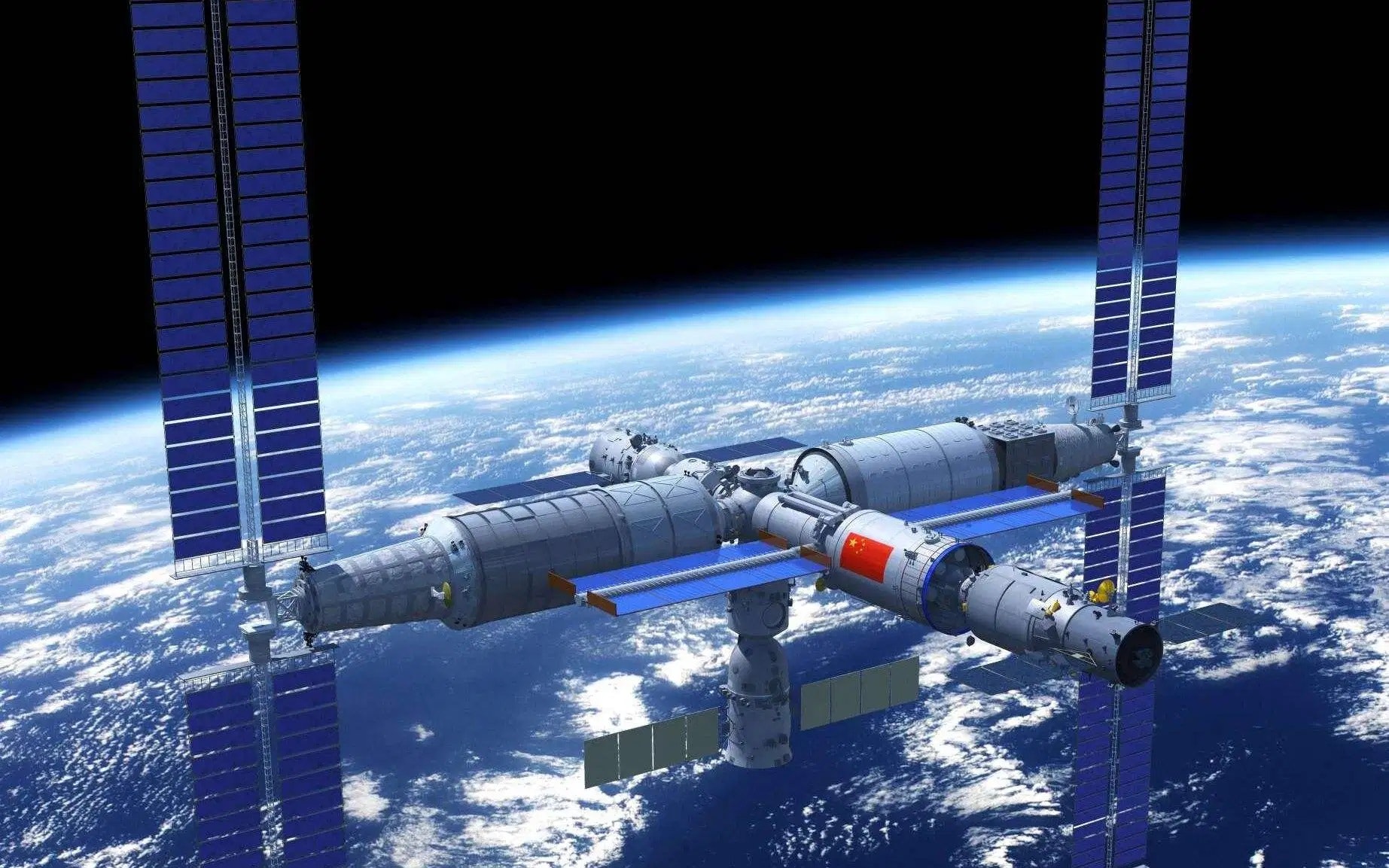China sent the Zhongxing-26 communications satellite into orbit Feb. 23, marking the resumption orbital launches following a pause for Chinese New Year. A Long March 3B rocket lifted off at 6:49 a.m. Eastern (1149 UTC) from Xichang, southwest China, successfully sending Zhongxing-26 (ChinaSat-26) into geosynchronous transfer orbit (GTO). The China Aerospace Science and Technology Corporation (CASC) confirmed launch success within the hour.

More About This Lauch:
The launch was China’s first since Jan. 15, following which activities paused for Chinese New Year. It is the fifth Long March launch this calendar year, with CASC planning more than 60 launches in 2023. Various Chinese commercial companies plan to add 20 or more launches to the overall figure.
About The Zhongxing-26:

Zhongxing-26 is based on the DFH-4E satellite bus and uses chemical and electric propulsion. It is China’s first satellite providing more than 100 gigabits per second (Gbps) and was developed by CASC’s China Academy of Space Technology (CAST).
CAST states the satellite is equipped with 94 Ka-band user beams. This is 3.5 times more than the 26-beam, 20 Gbps, Dongfanghong-3B-based Zhongxing-16 launched in 2017. That satellite has been supplying connectivity to aviation passengers such as Sichuan Airlines’ Airbus A320 flights using Viasat in-flight connectivity equipment.
Significance of This Satellite:

- Operator China Satcom describes the satellite as an important piece of national space infrastructure and helping to meet national requirements for connectivity.
- Zhongxing-26 will mainly provide broadband access for fixed terminals and aviation in shipbourne users in China and surrounding areas from 125 degrees East in the geostationary belt. The overall cost was 2.3 billion yuan ($333 million) according to a feasibility study.
About The Satellite Launcher Long March 3B:

The mission is the first launch of the 56-meter-high Long March 3B in 2023. The three-stage rocket has four boosters and uses a hypergolic mix of hydrazine and dinitrogen tetroxide with a liquid hydrogen-liquid oxygen third stage.
The launcher is the workhorse for Chinese launches to GTO. Launching from inland at Xichang, the rocket has been the cause of numerous debris incidents downrange.
The Long March 7A, touted as a greener, new-generation launcher using kerosene-liquid oxygen and launching from the coast at Wenchang, is yet to ramp up its launch rate to replace the aging Long March 3B. It most recently launched a pair of classified satellites Jan. 9.



 World Basketball Day 2025 Celebrates Bas...
World Basketball Day 2025 Celebrates Bas...
 UN Celebrates Second World Meditation Da...
UN Celebrates Second World Meditation Da...
 Winter Solstice 2025 Observed on Sunday,...
Winter Solstice 2025 Observed on Sunday,...







